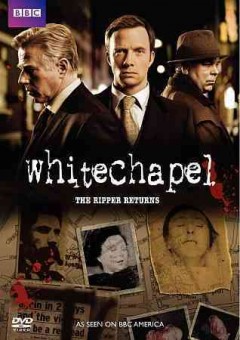Yesterday, it was announced that Ali Smith’s How To Be Both (which was also shortlisted for the prestigious Man Booker Prize) was awarded the Baileys Women’s Prize for Fiction. Previously known as the Orange Prize for Fiction, the Baileys Prize is the only literary prize specifically awarded to women. The reason is for this is that, like it or not, while women make up a significant percentage of employees within the publishing industry and, obviously, a significant percentage of published authors, they are massively underrepresented in terms of leadership positions within the publishing industry, and in terms of prizes.
According to the Baileys Prize website,
“The inspiration was the Booker Prize of 1991 when none of the six shortlisted books was by a woman, despite some 60% of novels published that year being by female authors. A group of women and men working in the industry – authors, publishers, agents, booksellers, librarians, journalists – therefore met to discuss the issue.
Research showed that women’s literary achievements were often not acknowledged by the major literary prizes. The idea for the Baileys Women’s Prize for Fiction – previously the Orange Prize for Fiction – was born.”
The prize has had a major influence on the reading public and the publishing landscape, primarily within the past few years, as people have begun to question if “we” still need a prize for women (I am still not sure who this “we” is, honestly). A.S. Byatt and Zoe Heller have both publicly argued that ’cause’ this prize endorses is a specious one, as it treats women’s fiction differently from men. While I personally would love to believe that reviews and popular support of fiction is blind to either authors’ or characters’ gender/sex, the truth of the matter is that books about male characters win more awards than books about women, and books by men tend to win more awards than those written by women, despite the fact that women are publishing more books overall. See this graph from The Huffington Post for more details:
Why is this? Some argue that books about men deal in broader themes, or have more ‘sweeping narratives’…but is this because men make better characters, or because women’s books (both by and about women) get so easily slapped with the tag “chick lit”, and their themes and narratives are obscured by bright pink covers, despite the fact that they deal with real issues, serious subject matter, and focus on life-changing themes, as well? Is it perhaps because women have been kept out of so many jobs, so many roles in society that it is assumed that they cannot inhabit the same space as men in literature, as well? And if so, if this really a valid excuse? As Sarah Ditum said in The Guardian today, “It is a terribly simple, terribly important point, but art is how we show ourselves that we exist, and art is how we know each other. As long as women are patronised into obscurity, it is impossible to tell each other that we’re alive, impossible to work together to invent more just worlds for ourselves.”
So, as well all take a minute to ponder our position on this matter (and possibly consider Baileys a little bit, as well…), we offer you an If/Then based on the Baileys Prize, and its past winners….
If you enjoyed Ali Smith’s How To Be Both (and fiction by women…and Baileys….), Then be sure to check out:
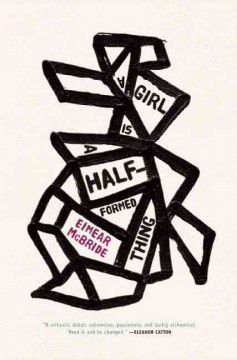 A Girl is a Half-Formed Thing: Eimear McBride’s book was nearly never published–after being rejected by publishers for nine straight years, it was finally picked up by Gallery Beggar, “a company specifically set-up to act as a sponsor to writers who have struggled to either find or retain a publisher.” In a wonderful underdog story, the book went on to win the Kerry Group Irish Novel of the Year Award, the Goldsmiths Prize, the Desmond Elliott Prize and the Baileys Women’s Prize in 2014. This book is a prime reason why the Baileys Prize is so important–McBride’s book may not deal with sweeping or broad themes, but instead, it delves deeply into one women’s personal tragedy with an insight so searingly honest that it is both heartbreaking and beautifully cathartic. By no means an easy read, McBride’s work is shocking and wonderfully original, and deserves a much bigger audience, particularly in the United States.
A Girl is a Half-Formed Thing: Eimear McBride’s book was nearly never published–after being rejected by publishers for nine straight years, it was finally picked up by Gallery Beggar, “a company specifically set-up to act as a sponsor to writers who have struggled to either find or retain a publisher.” In a wonderful underdog story, the book went on to win the Kerry Group Irish Novel of the Year Award, the Goldsmiths Prize, the Desmond Elliott Prize and the Baileys Women’s Prize in 2014. This book is a prime reason why the Baileys Prize is so important–McBride’s book may not deal with sweeping or broad themes, but instead, it delves deeply into one women’s personal tragedy with an insight so searingly honest that it is both heartbreaking and beautifully cathartic. By no means an easy read, McBride’s work is shocking and wonderfully original, and deserves a much bigger audience, particularly in the United States.
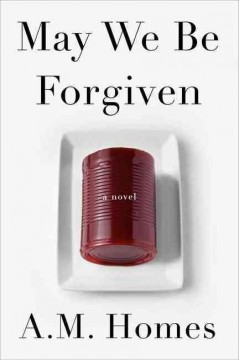 May We Be Forgiven: On the surface, A.M. Holmes’ book (which won the 2013 Baileys Prize) is about brothers, none of whom are particularly lovable, and one of whom is is a vicious murderer. But in telling the story of their relationship, and the events that bring about their downfalls, Holmes is able to bring in a startling amount of philosophy, from Camus to Hedgier, whether its in the course of her narrative, or in the flashes of whimsy that fill this book (at one point, the firm of “Herzog, Henderson & March” is referenced, a tribute to the works of author Saul Bellow). The New York Times published a review that relentlessly compared Holmes to a number of male authors, and lamented that she didn’t write quite like them, but the Independent said, instead: “Homes is a very, very funny writer, brilliant at pinpointing the ridiculous nature of 21st-century living, and May We Be Forgiven has something of the feel of Catch-22 or The World According to Garp. Homes is a more engaging and empathetic writer than either Joseph Heller or John Irving, though, and she is immensely readable – I raced through these 480 pages faster than anything else I’ve read this year.”
May We Be Forgiven: On the surface, A.M. Holmes’ book (which won the 2013 Baileys Prize) is about brothers, none of whom are particularly lovable, and one of whom is is a vicious murderer. But in telling the story of their relationship, and the events that bring about their downfalls, Holmes is able to bring in a startling amount of philosophy, from Camus to Hedgier, whether its in the course of her narrative, or in the flashes of whimsy that fill this book (at one point, the firm of “Herzog, Henderson & March” is referenced, a tribute to the works of author Saul Bellow). The New York Times published a review that relentlessly compared Holmes to a number of male authors, and lamented that she didn’t write quite like them, but the Independent said, instead: “Homes is a very, very funny writer, brilliant at pinpointing the ridiculous nature of 21st-century living, and May We Be Forgiven has something of the feel of Catch-22 or The World According to Garp. Homes is a more engaging and empathetic writer than either Joseph Heller or John Irving, though, and she is immensely readable – I raced through these 480 pages faster than anything else I’ve read this year.”
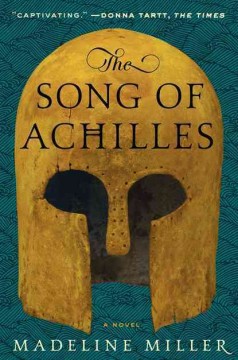 The Song of Achilles: Madeline Miller’s book (winner of the 2012 Baileys Prize) is, broadly speaking, a retelling of The Illiad. But while Homer tells us what happened–specifically, that the death of his friend Patroclus sent the great warrior Achilles into a killing rage–Miller attempts to explain why these events took place. A scholar by training, she studied ancient Greek texts for any mention of Patroclus; and rather than giving us the story of the great warrior he became, she shows us the outcast child he was, making this story far more personal, the love between these characters that much more powerful, and the eventual tragedy of The Iliad that much more moving, even though the ending of this story was written thousands of years previously.
The Song of Achilles: Madeline Miller’s book (winner of the 2012 Baileys Prize) is, broadly speaking, a retelling of The Illiad. But while Homer tells us what happened–specifically, that the death of his friend Patroclus sent the great warrior Achilles into a killing rage–Miller attempts to explain why these events took place. A scholar by training, she studied ancient Greek texts for any mention of Patroclus; and rather than giving us the story of the great warrior he became, she shows us the outcast child he was, making this story far more personal, the love between these characters that much more powerful, and the eventual tragedy of The Iliad that much more moving, even though the ending of this story was written thousands of years previously.
Here is the list of all the Baileys Prize (and Orange Prize) Winners. Come on in and pick out a winner today!

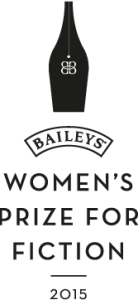
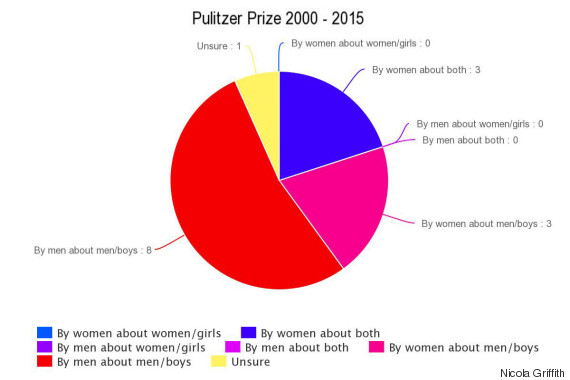
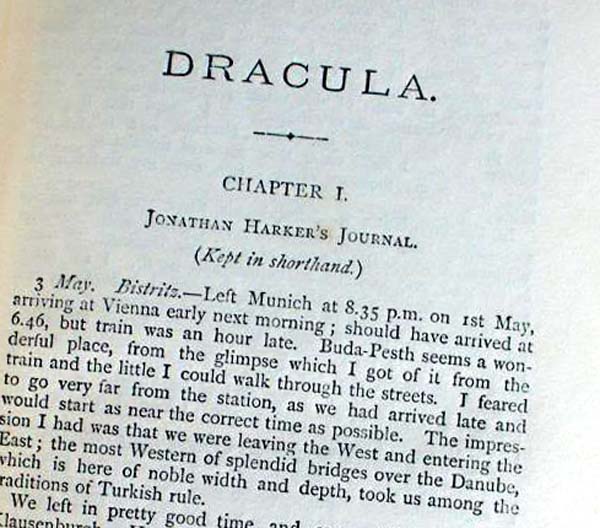


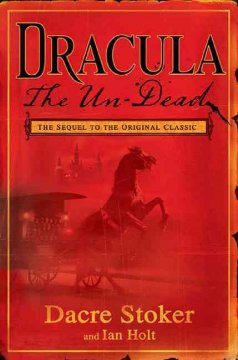
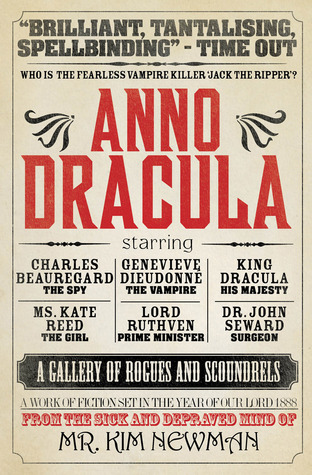
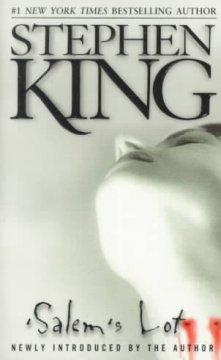
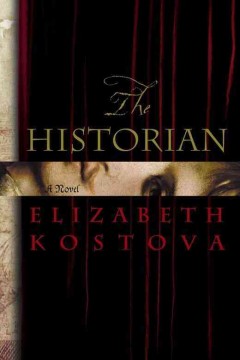
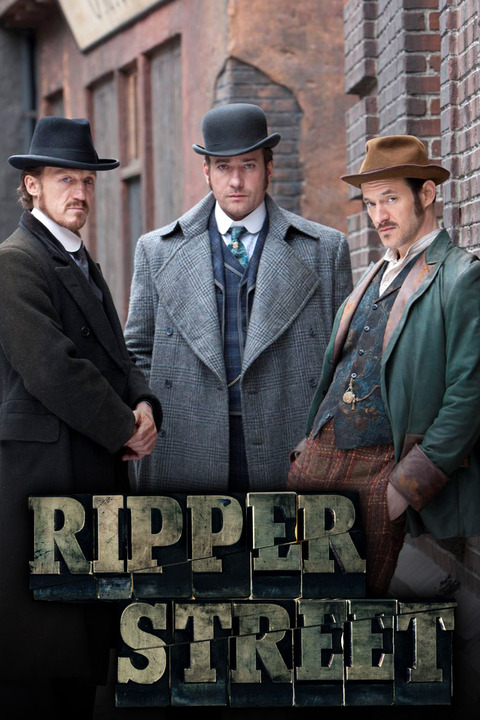
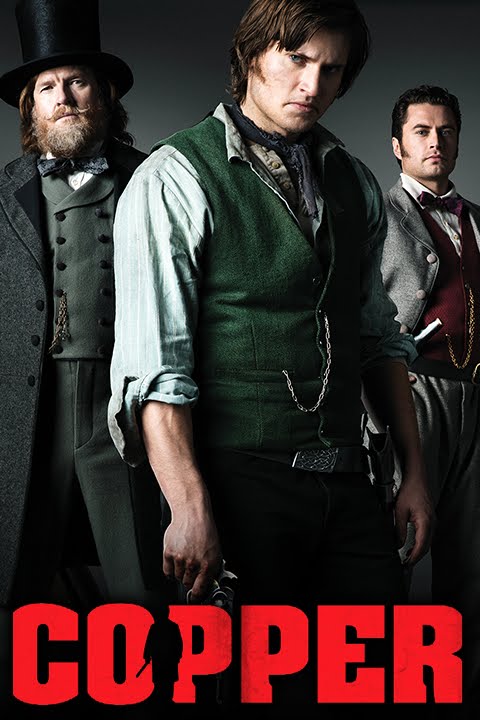
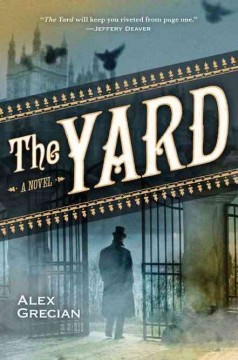
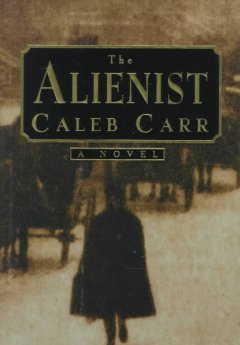 he Alienist
he Alienist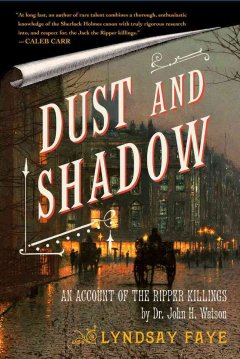 t and Shadow: An Account of the Ripper Killings by Dr. John H. Watson
t and Shadow: An Account of the Ripper Killings by Dr. John H. Watson